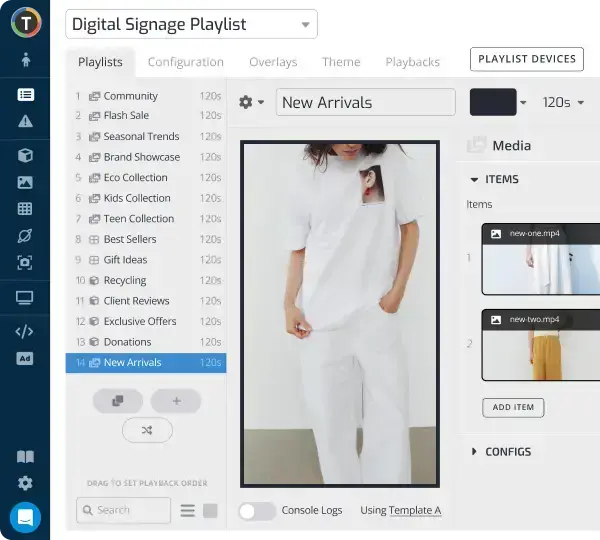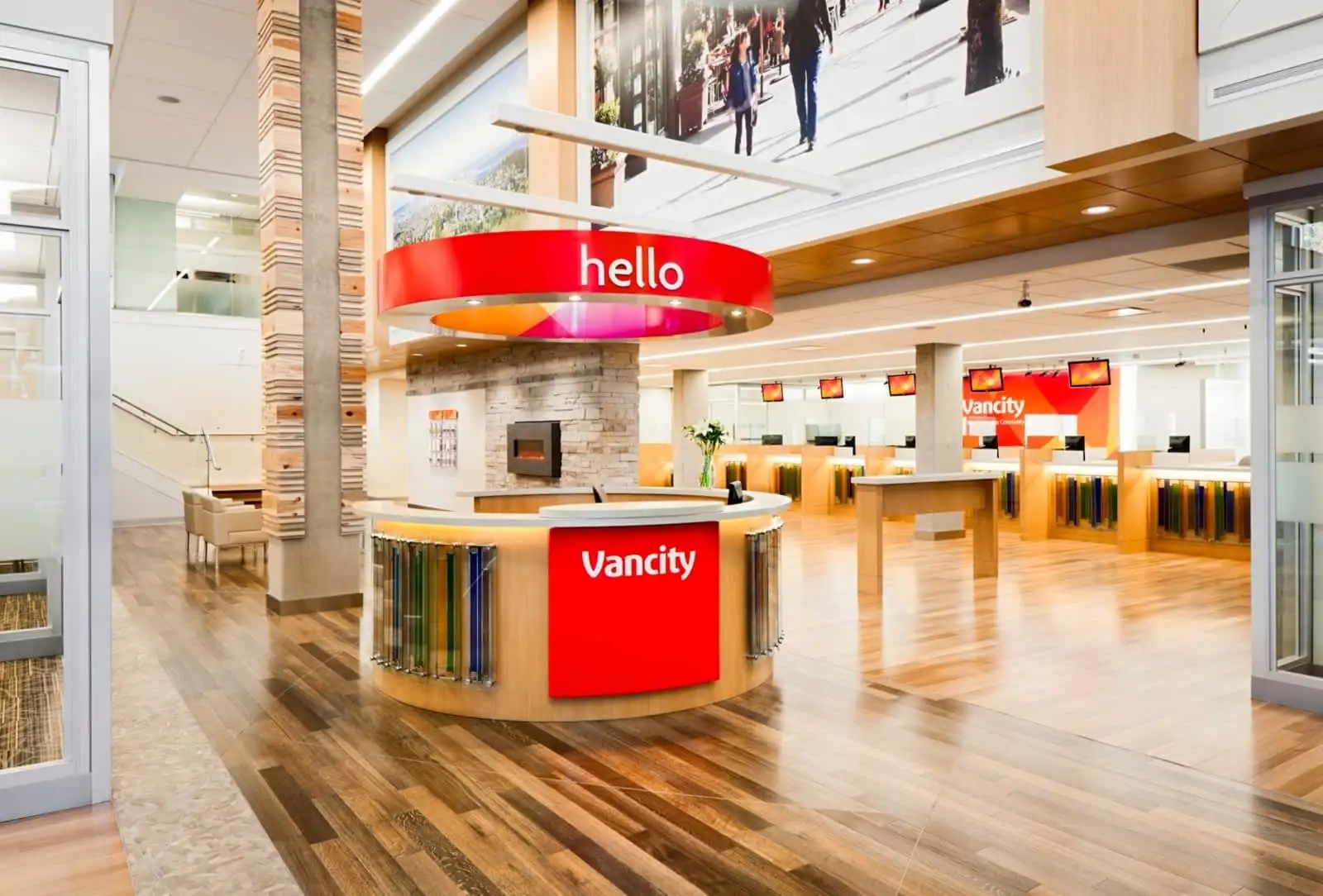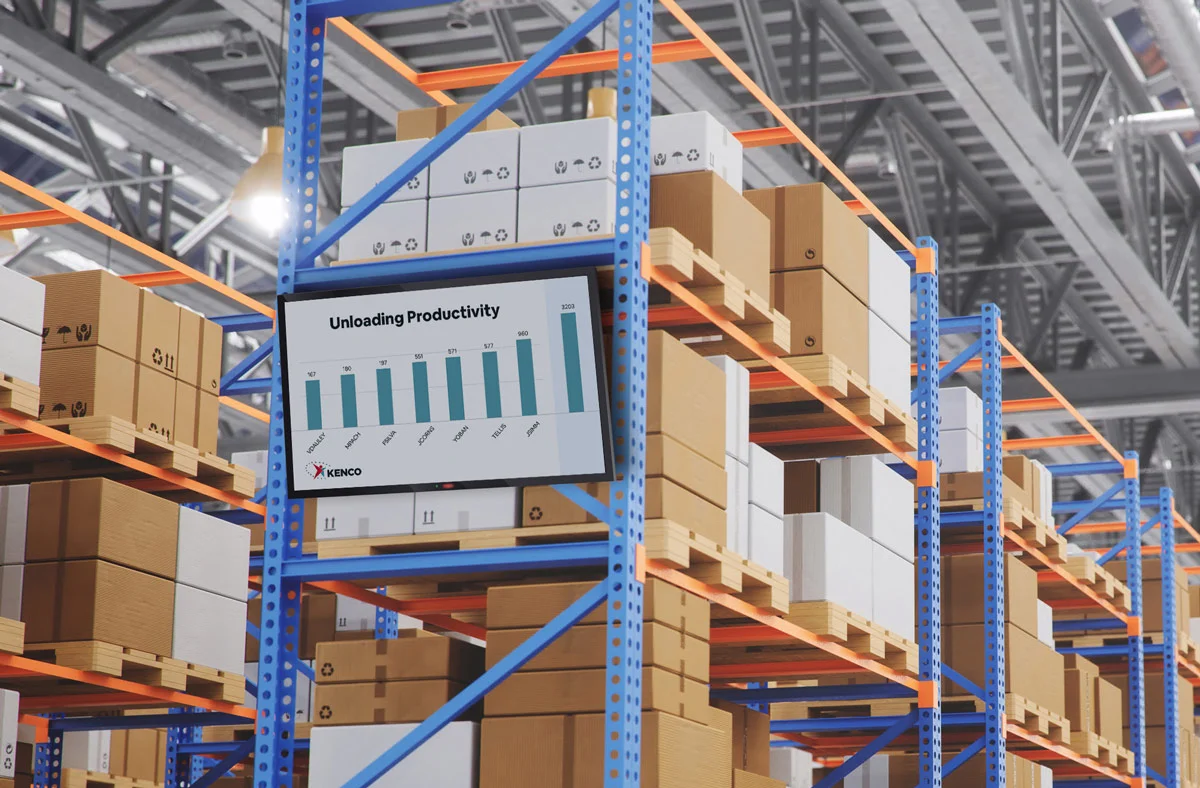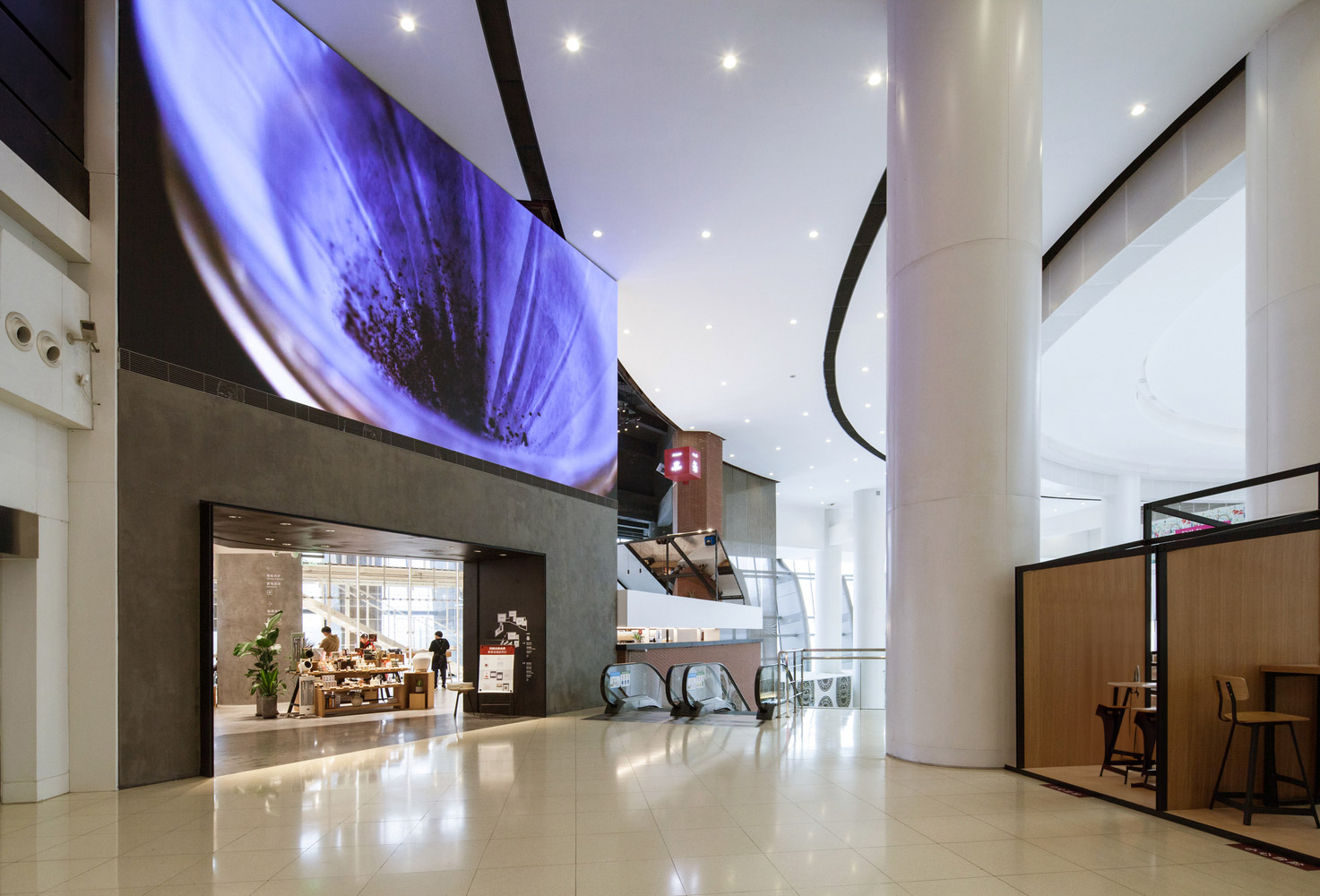Digital Kiosks in Retail: How to Overcome Challenges and Win Big!
WRITTEN BY: TelemetryTV, 03-25-2024

Retail kiosks, often seen in shopping environments, provide more than just standalone services. They combine convenience, efficiency, and an improved customer experience. They serve various purposes, from interactive digital displays to non-interactive advertisement boards, and offer significant benefits. These benefits include enhancing customer experience, boosting sales and upselling opportunities, and improving operational efficiency, and inventory management. Continue reading to learn how your business can fully leverage kiosks.
Types of Digital Kiosks in Retail and their Benefits
Information Kiosks
Information kiosks offer valuable details about products, services, or the retailer, enhancing the shopping experience by making it more informative and efficient. For retail business owners, these kiosks act as a virtual sales assistant, supplying crucial product information that can boost sales and customer satisfaction.
Self-checkout Kiosks

Self-checkout kiosks enable customers to scan, bag, and pay for their items independently. This not only reduces wait times but also enhances the efficiency of the checkout process. Retail owners can substantially benefit from these kiosks as they cut labor costs significantly, speed up checkout, and potentially decrease the space required for traditional checkout lanes, thereby freeing up more retail space.
Self-return Kiosks
Self-return kiosks facilitate an easy return of purchases by customers, streamlining the process and reducing the need for staff intervention. For the business owner, this means a more efficient returns process, freeing up staff time for other tasks and potentially improving customer satisfaction due to the convenience of self-service returns.
Wayfinding Kiosks
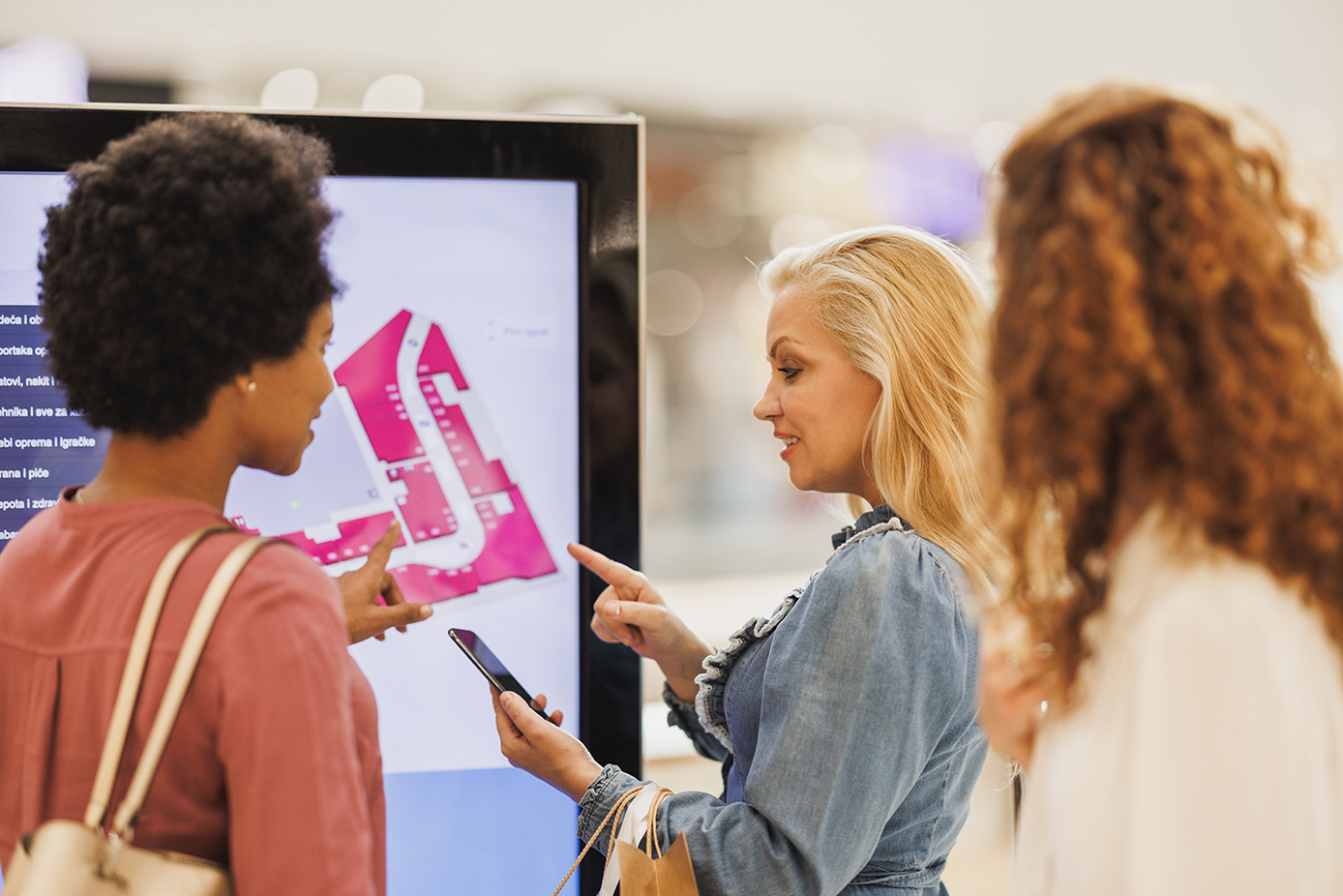
These kiosks simplify navigation in large retail environments by offering maps and directions. They guide shoppers to their desired locations within a store or mall. By facilitating easier navigation, they enhance the customer experience. Retail owners also benefit as these kiosks can direct customers to specific products or sections, potentially boosting sales.
Digital Signage Kiosks
Digital signage kiosks utilize large digital displays for advertising, promoting sales, or providing dynamic content related to products or services. They offer a flexible and attention-grabbing way to communicate with customers, which can lead to increased sales, enhanced brand recognition, and improved customer engagement.
Loyalty Program Kiosks
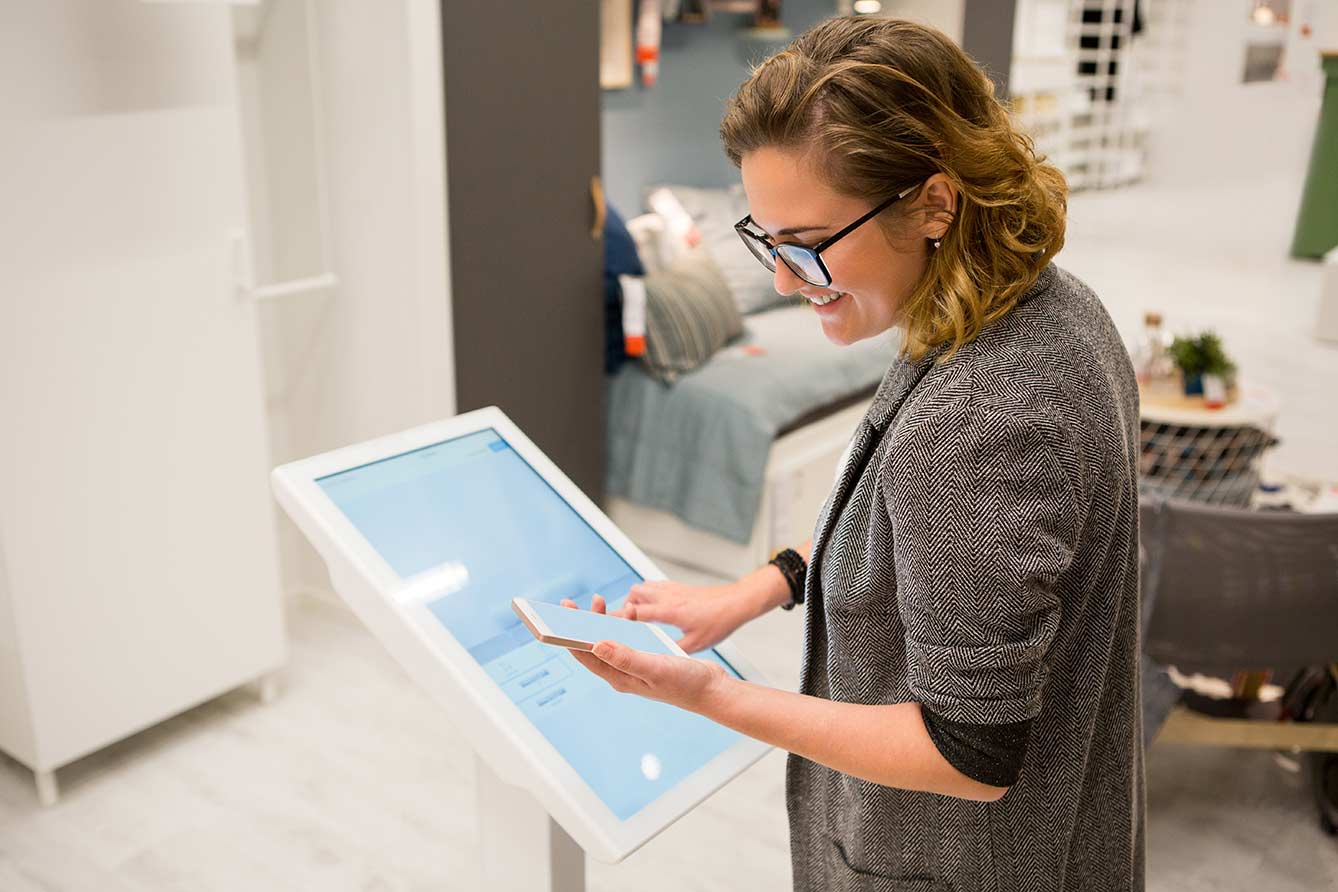
These kiosks allow customers to register, manage their loyalty program accounts, check their points, and redeem rewards. This provides direct benefits to retail owners by cultivating customer loyalty and encouraging repeat purchases.
Challenges and Solutions
Despite their advantages, retail kiosks face several challenges, including the complexities of remote management, monitoring, timely updates, and the deployment of custom applications. Addressing these issues requires a robust digital infrastructure capable of supporting remote operations, ensuring the security and up-to-date functionality of the kiosks.
Remote Management and Monitoring
Advanced software solutions like TelemetryTV allow for the remote management and monitoring of kiosk systems, ensuring they run smoothly, display accurate information, and remain secure against unauthorized access or cyber threats.
Timely Updates and Custom App Deployments
Regular updates are crucial for maintaining the functionality and security of kiosk software. Custom app deployments can be streamlined through TelemetryTV’s content management and PaaS capabilities, enabling retailers to quickly push new features or content to their kiosks.
User Experience and Accessibility
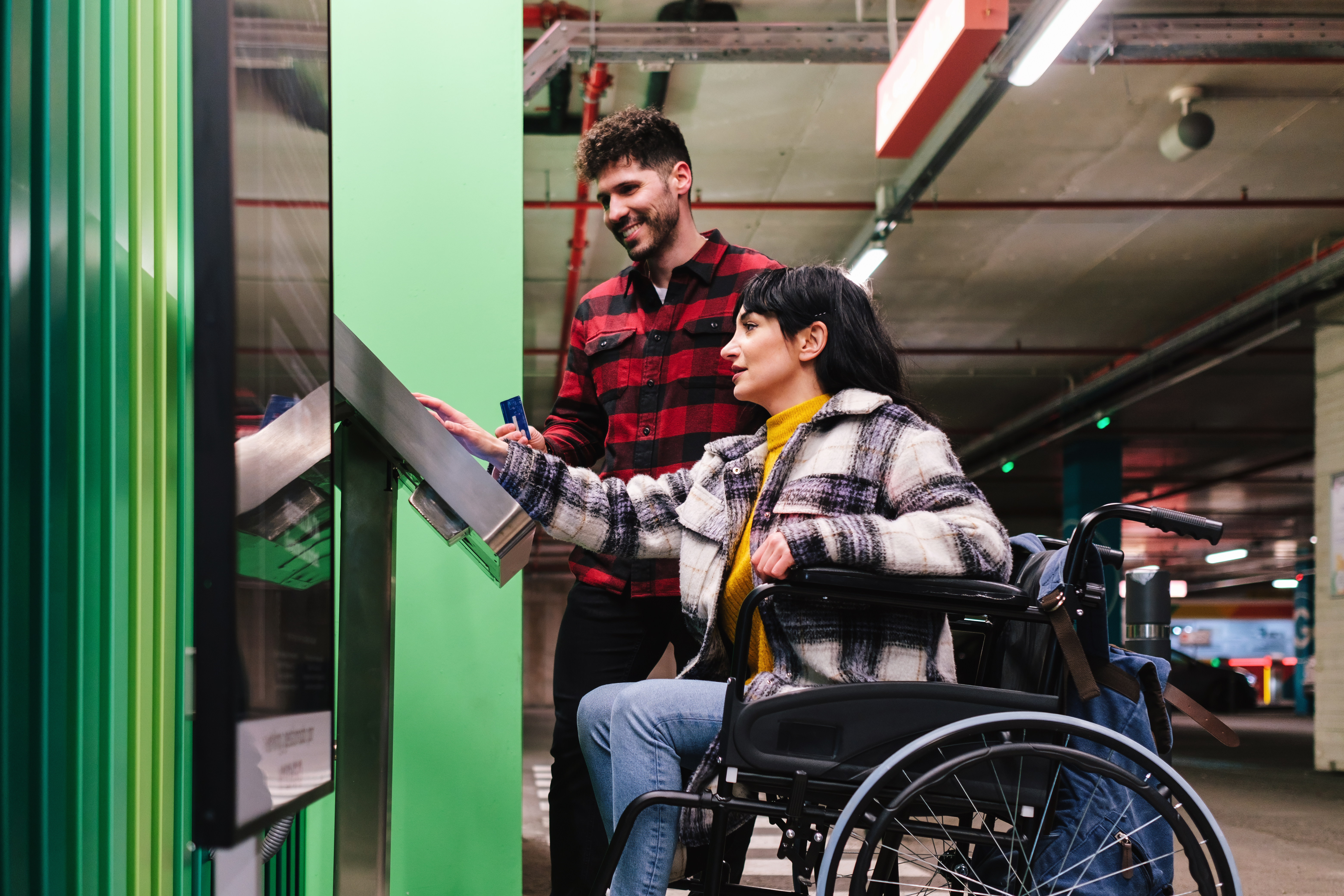
Designing intuitive and accessible interfaces is key to ensuring that all customers can benefit from the services offered by retail kiosks. This involves regular usability testing and updates based on customer feedback.
Data Security and Privacy
Ensuring customer data protection is crucial for transaction-handling kiosks. This is achieved through robust encryption, secure payment gateways, and strict compliance with data protection regulations, providing a solid defence against data breaches.
Overcoming Customer Resistance to Technology
To overcome customer resistance to new technology, retailers should educate customers, provide clear instructions, and highlight the kiosks' benefits. In-store support, an intuitive design, and gradual implementation can help customers adapt.
Implementation Strategies
Successful retail kiosk rollout requires a well-planned strategy. This includes identifying goals and KPIs, selecting suitable kiosks, determining optimal location and layout, integrating with current retail systems, and deploying the right software for content and device management.
Identifying Goals and KPIs
The of a successful kiosk implementation strategy is the clear definition of its objectives. Retailers must pinpoint what they aim to achieve—be it enhancing customer experience, streamlining transactions, or boosting sales of specific products. Alongside, setting tangible KPIs, such as reduced wait times, increased sales per kiosk, or improved customer satisfaction scores, allows for measuring the effectiveness of the kiosks against the retailer's strategic goals.
Choosing the Right Type of Kiosk

The selection of kiosk types should align with the retailer's identified goals. Whether it's self-service checkouts, information kiosks, digital signage, or wayfinding kiosks, each serves different purposes and caters to varied customer needs. Understanding the target audience and their preferences can guide the selection process, ensuring the kiosks add value to the customer's shopping experience.
Location and Layout Considerations
The placement of kiosks within a retail setting is crucial. Strategically positioned kiosks can attract more users, enhance visibility, and ensure ease of access. Considerations include high-traffic areas, proximity to related products or services, and integration into the overall store layout to encourage engagement and utilization.
Integration with Existing Retail Systems
For kiosks to deliver maximum benefit, they must be integrated seamlessly with the retailer's existing systems. This includes inventory management, point-of-sale (POS) systems, customer relationship management (CRM) software, and more. Integration ensures real-time data exchange, consistency in customer experience across touch points, and simplifies operations.
Software for Managing Content and Devices
The backbone of effective kiosk operation is robust software that enables remote management of content and device functionality. That’s where TelemetryTV comes into play as it offer s robust capabilities for content updates, custom app development, device monitoring, and analytics. By leveraging TelemetryTV, retailers can ensure their kiosks display the most current information, operate efficiently, and deliver insights into usage patterns and customer preferences.
Conclusion
Retail kiosks blend technology with traditional practices, enhance customer service and operations. They offer an engaging shopping experience through features like self-service checkouts and digital signage, and they also increase sales, optimize staffing, and provide consumer insights. However, they come with challenges, including remote management, data security, and user-friendliness. Addressing these challenges through strategic planning, appropriate technology, and seamless integration can unlock the full potential of retail kiosks, benefiting both retailers and consumers.
